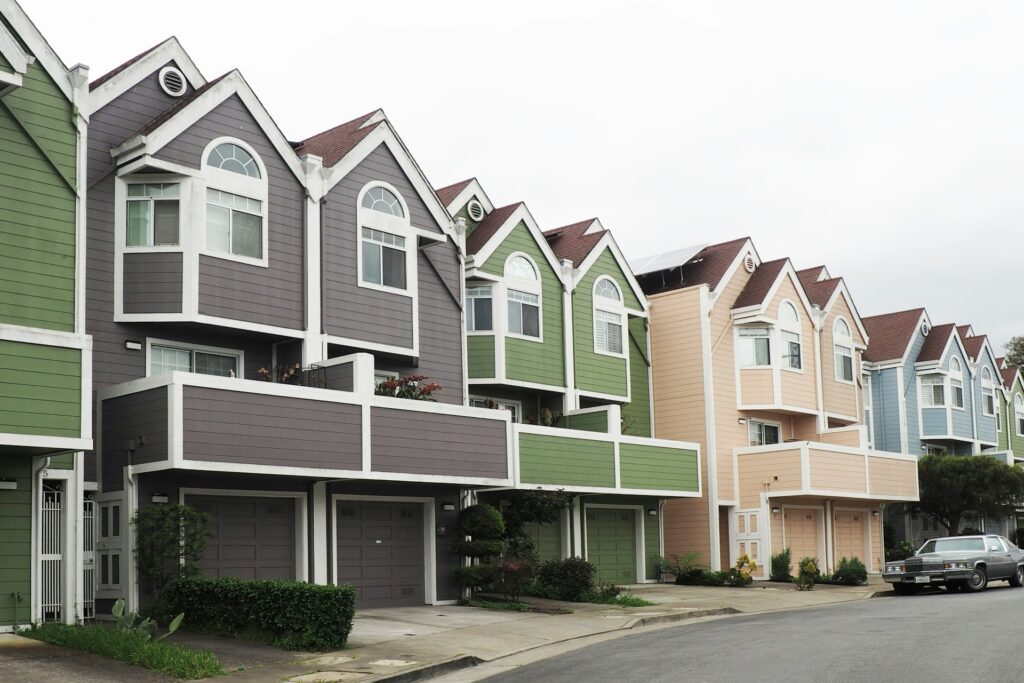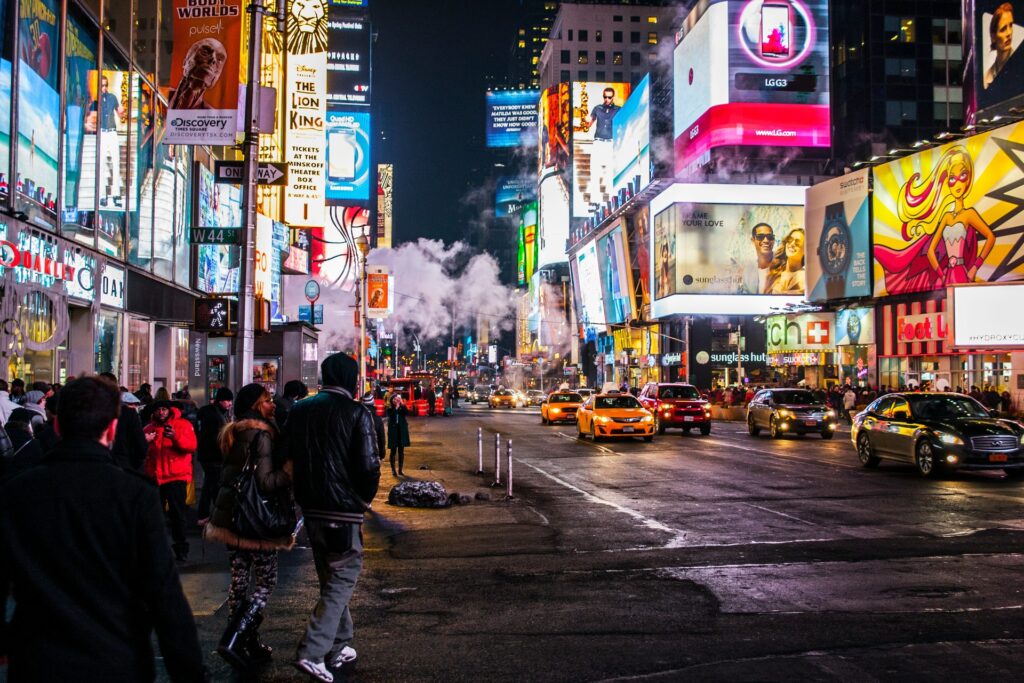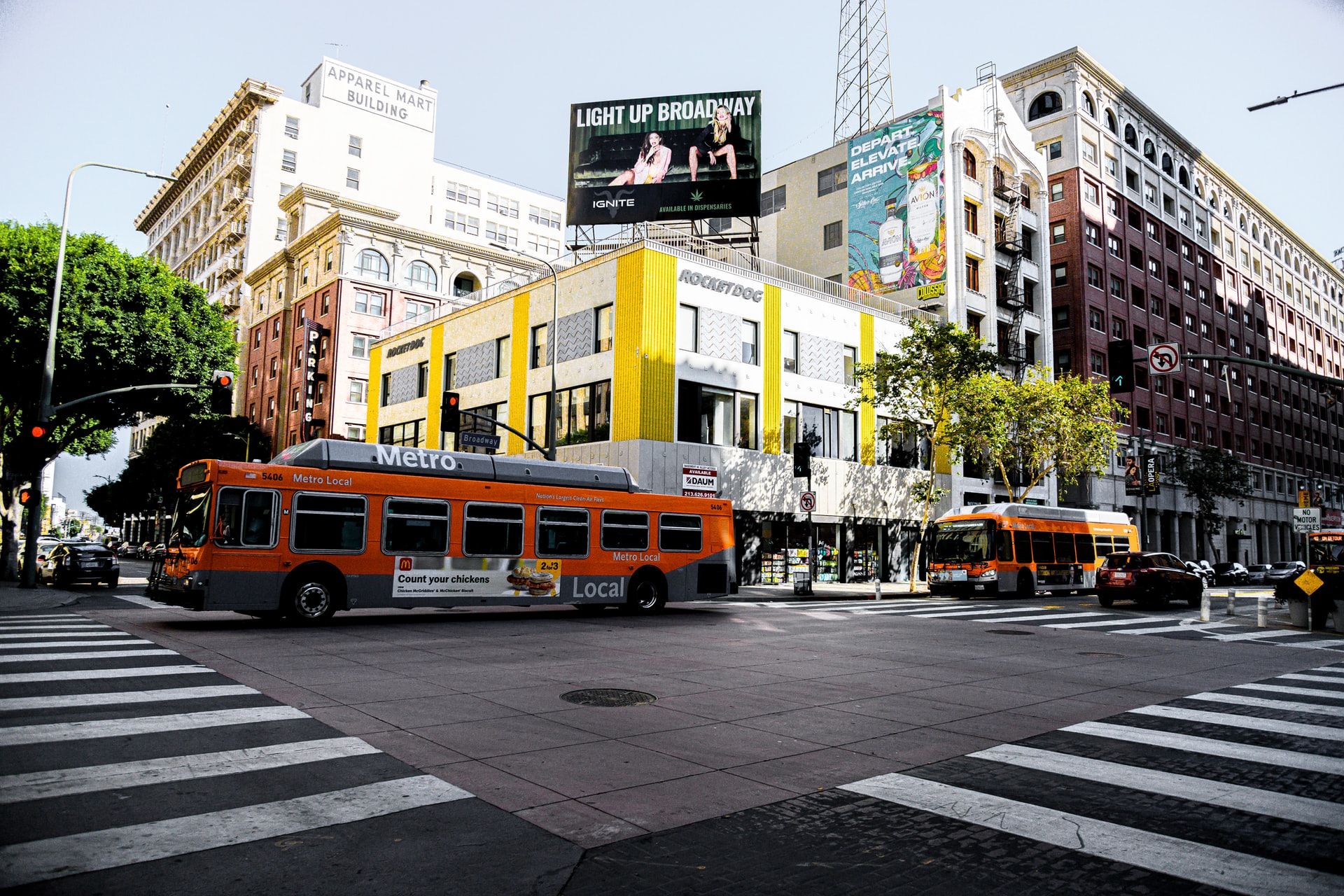
We are reader-supported. When you buy through links on our site, we may earn an affiliate commission.
The average commuter spends about 35 minutes a day — or 19 full workdays a year — driving to and from work. They’ll also show up to work late about 77 days a year thanks to accidents, floods, and other delays. All this time on the road means more money spent on gas and more emissions in major cities.
However, in cities where public transportation is plentiful, residents and visitors can cut costs, conserve resources, reduce emissions, and enjoy the city from a new point of view. The following list showcases the U.S. cities with the best public transportation systems in the U.S.
We ranked these cities based on the percentage of the population that uses public transportation to commute, based on 2019 data from the U.S. Census Bureau’s American Community Survey. As more cities invest in transit systems for a sustainable future, we hope to see increases in the number of Americans who can use them in their day-to-day lives.
Cities With the Best Public Transportation Utilization:- New York, NY & Newark, NJ: 31.60%
- San Francisco, CA: 18.90%
- Boston, MA: 13.40%
- Washington, D.C., Metro Area: 13.10%
- Chicago, IL: 12.40%
- Seattle, WA: 10.70%
- Glenwood Springs, CO: 10.60%
- Bridgeport-Stamford-Norwalk, CT: 10.50%
- Philadelphia-Camden-Wilmington, PA/NJ/DE: 9.40%
- Ithaca, NY: 7.20%
1. New York, NY & Newark, NJ
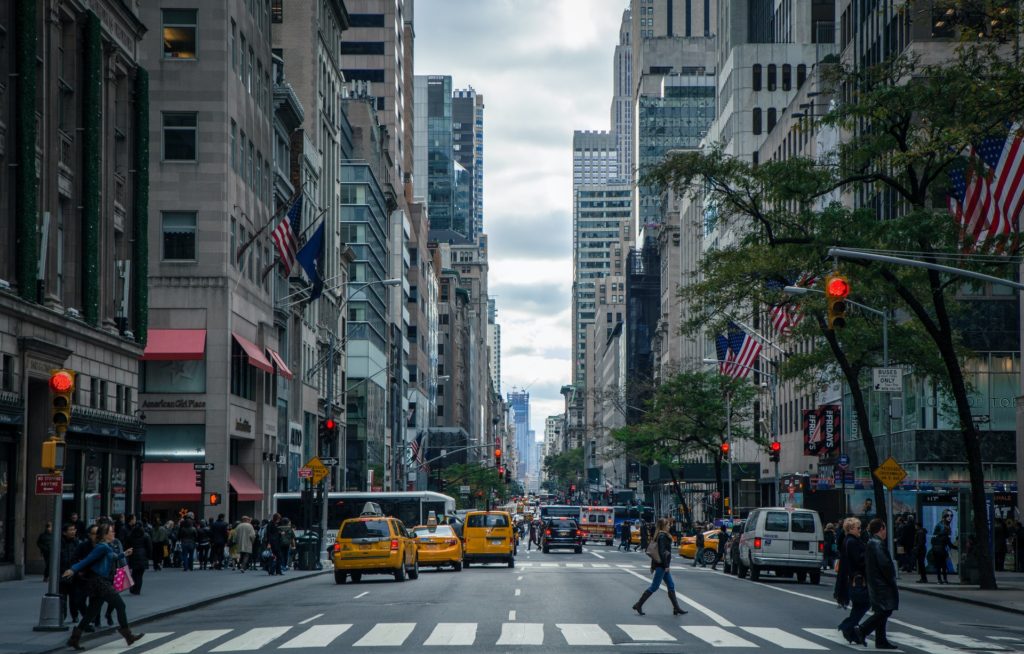
Percentage of workers who use public transportation: 31.60%
More than 30% of employees over the age of 16 depend on New York’s public transportation system to commute to and from work. Subsequently, mass transit is a vital part of the city’s economy.
As long as the Senate grants emergency funding to the Metropolitan Transportation Authority, New York will likely remain the city with the best public transportation in the post-pandemic U.S.

Take Our Quiz: Where Should I Live? Find the Perfect City for You
2. San Francisco, CA
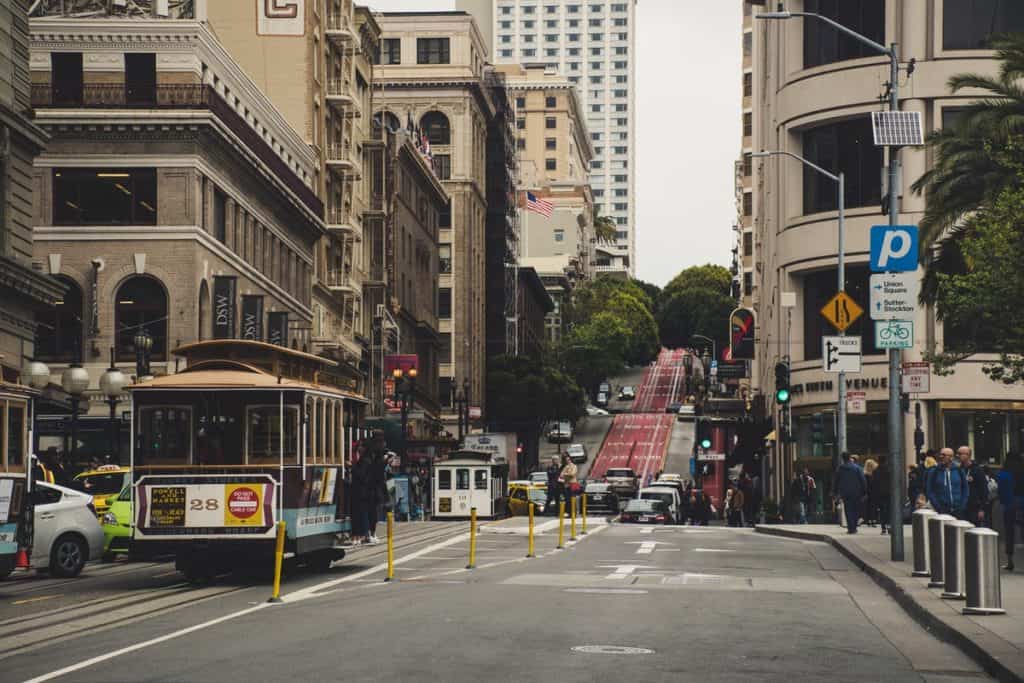
Percentage of workers who use public transportation: 18.90%
San Francisco’s population has exploded in recent years. Between 2010 and 2018, the city welcomed 80,000 new residents and 128,000 new jobs. While this growth is great for the economy, it has put a strain on the transportation system.
City buses, cable cars, trolleys, ferries, and shuttles are making more trips than ever as the city claims second place for best public transportation system in the U.S. However, infrastructure will likely require updates and improvements soon if the city wants to maintain such a high rank.
It might be surprising to see the second-place city fall so far behind the utilization rate of New York and Newark. It’s an indication that American infrastructure will need serious investment to become a truly transit-friendly society in decades to come.
3. Boston, MA
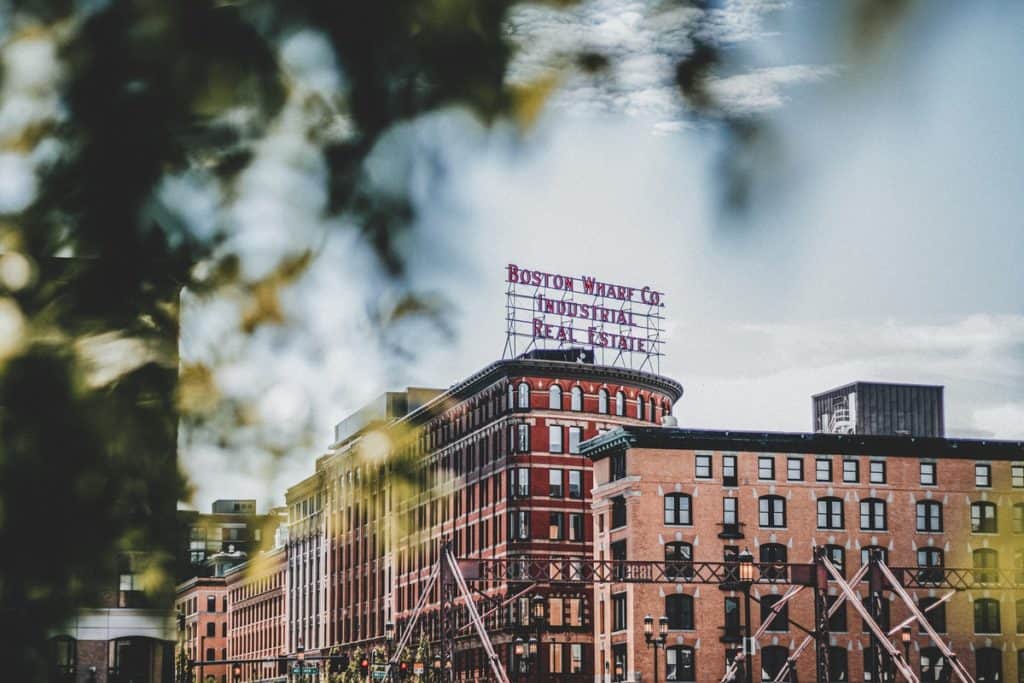
Percentage of workers who use public transportation: 13.40%
Boston has earned a third-place spot on the list of U.S. cities with the best public transportation, with residents and visitors alike taking advantage of the city’s numerous buses, subways, and trolleys.
In 2018, the Massachusetts Bay Transit Authority realized that its infrastructure was deteriorating, so it invested more than $1 billion to fix train tracks, signals, switches, and other essential components. Thanks to their work, Boston continues to rank highly and serve more commuters every day.
4. Washington, D.C., Metro Area
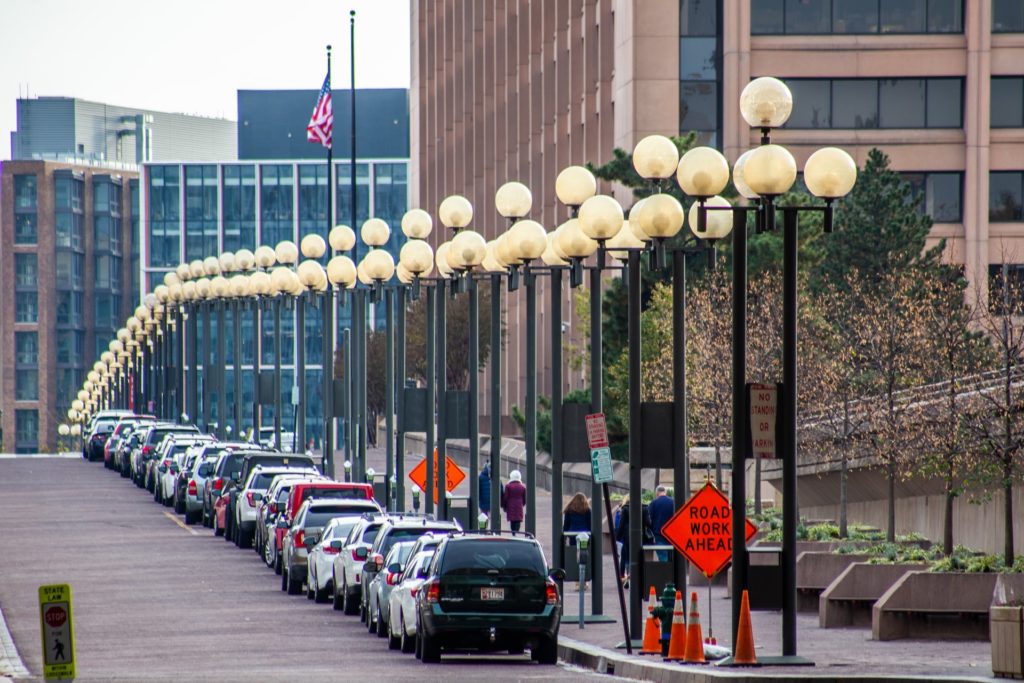
Percentage of workers who use public transportation: 13.10%
Washington, D.C.’s metro is one of the busiest transportation systems in the country. In 2019 alone, ridership grew by 20,000 trips per weekday. Of course, the pandemic caused a substantial dip in ridership.
However, the city’s customer-focused improvements, including money-saving passes and money-back guarantees, will likely entice more commuters to use line services in the future.
5. Chicago, IL
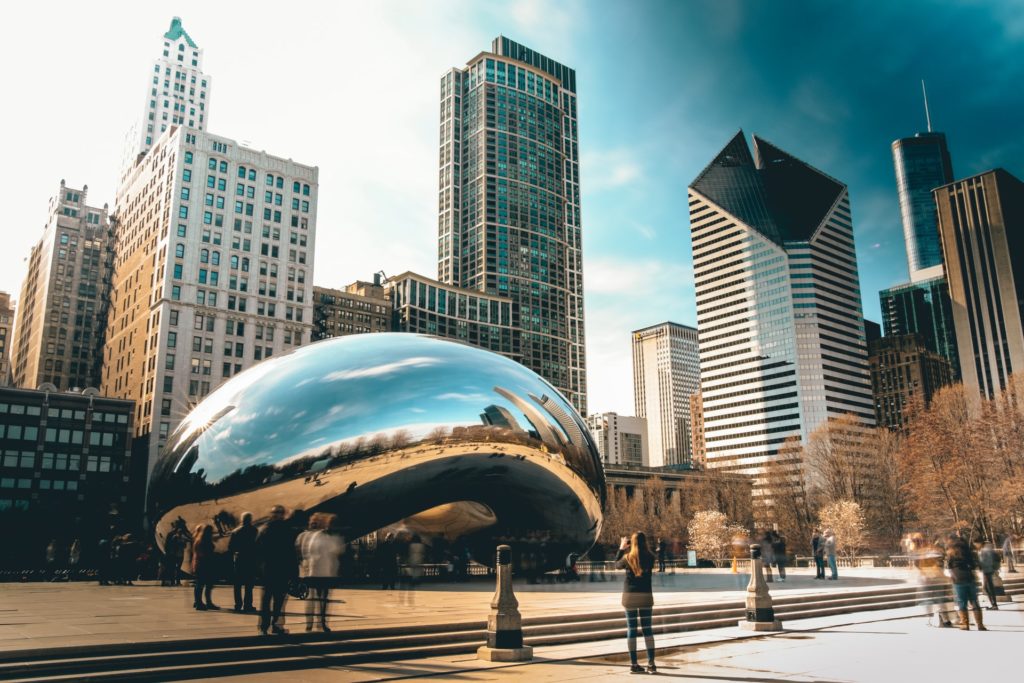
Percentage of workers who use public transportation: 12.40%
One of America’s oldest transit systems has also become one of the best. Chicago’s L trains form the third-largest city rail system in the U.S., and a monthly pass costs just $105 — $17 less than New York’s equivalent. Plus, the train only takes a few minutes more than the average car commute, further incentivizing residents to use public transit.
The city is also taking strides towards more sustainable transportation with a diesel retrofit program and dozens of new bike trails. In a few years, Chicago might just steal first place from New York.
6. Seattle and Bremerton-Silverdale-Port Orchard, WA
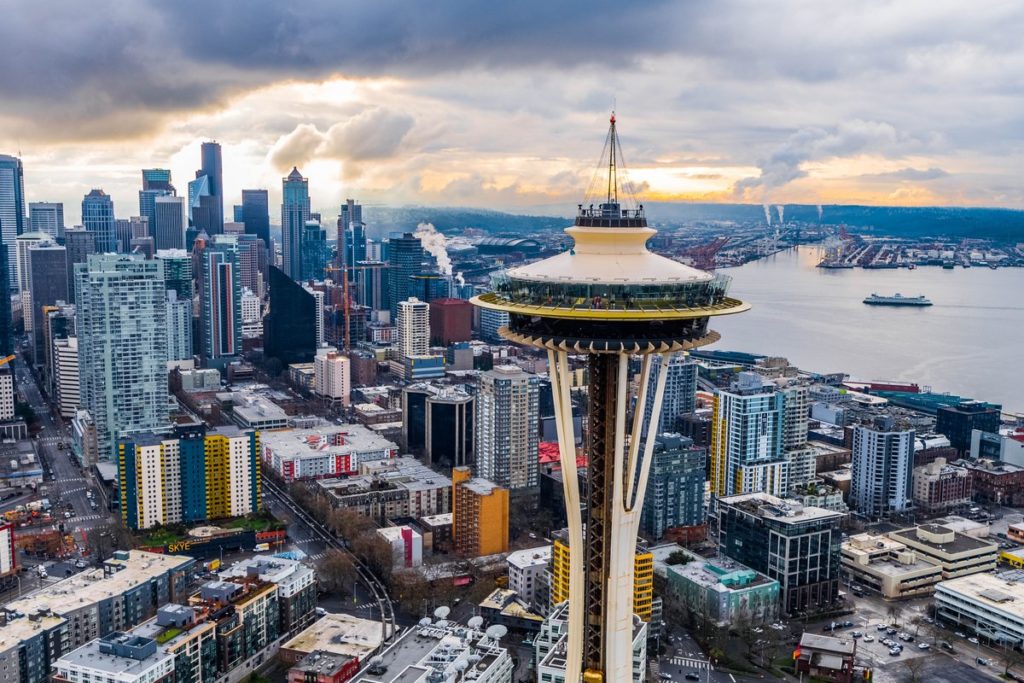
Percentage of workers who use public transportation: 10.70%
Downtown Seattle and the surrounding areas have significantly ramped up transportation development in recent years. In 2014, voters elected to impose a $60 car-tab fee for transit, which saved existing services and created a slew of new ones.
As these Washington hubs expand their system, ridership continues to grow. Regional partnership routes have been a huge factor in boosting numbers, with popular destinations primarily driving ridership. However, additional service hours have also translated to an extra 6,780 extra bus trips each week.
7. Glenwood Springs, CO

Percentage of workers who use public transportation: 10.60%
How did Glenwood Springs make it on this list? It’s a well-known resort area. Due to the historic nature of downtown Glenwood Springs, parking spaces are limited. Thus, many locals and visitors choose to take the public bus service. A few shuttles also offer transportation services between Glenwood Springs, neighboring mountain towns, and Denver.
The U.S. Department of Transportation recently granted Colorado’s Roaring Fork Transportation Authority $13 million to invest in more infrastructure. This grant will help the city finish the Regional Transit Center project, which will improve transportation for residents on the West Slope.
8. Bridgeport-Stamford-Norwalk, CT
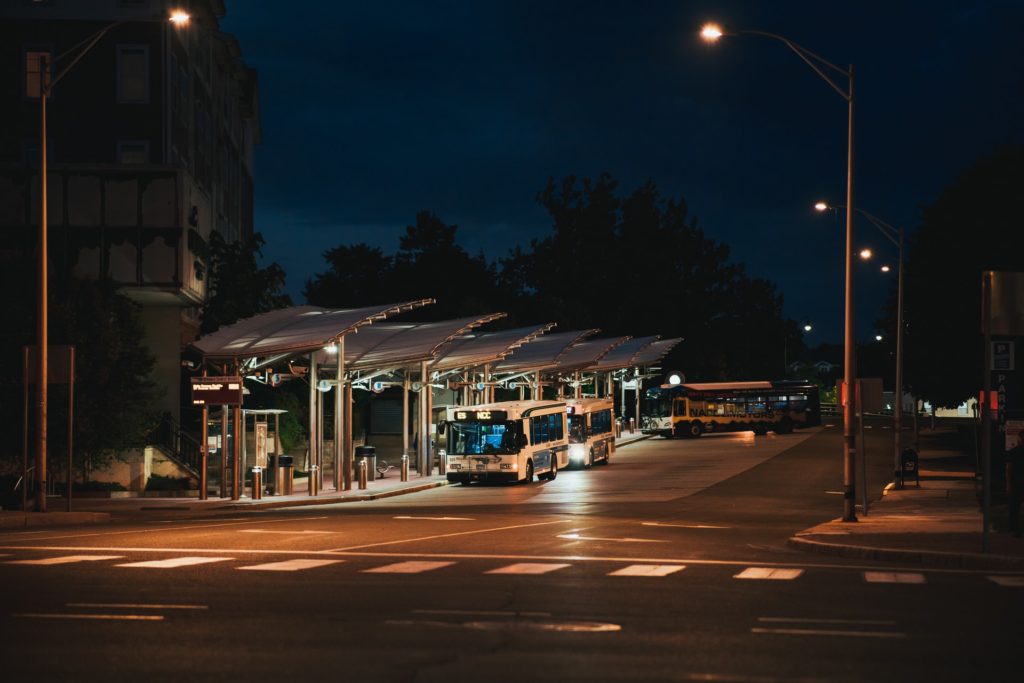
Percentage of workers who use public transportation: 10.50%
The Norwalk Transit District operates public bus services through various surrounding cities and towns. However, it also oversees the Commuter Connection shuttles to take passengers to and from railroad stations and offices throughout the day.
Last year, the Norwalk Transit District also initiated a program called Wheels2U, which transports travelers in paratransit minibusses. Two years after its inception, the program was offering 2,200 rides per month.
9. Philadelphia-Camden-Wilmington, PA/NJ/DE
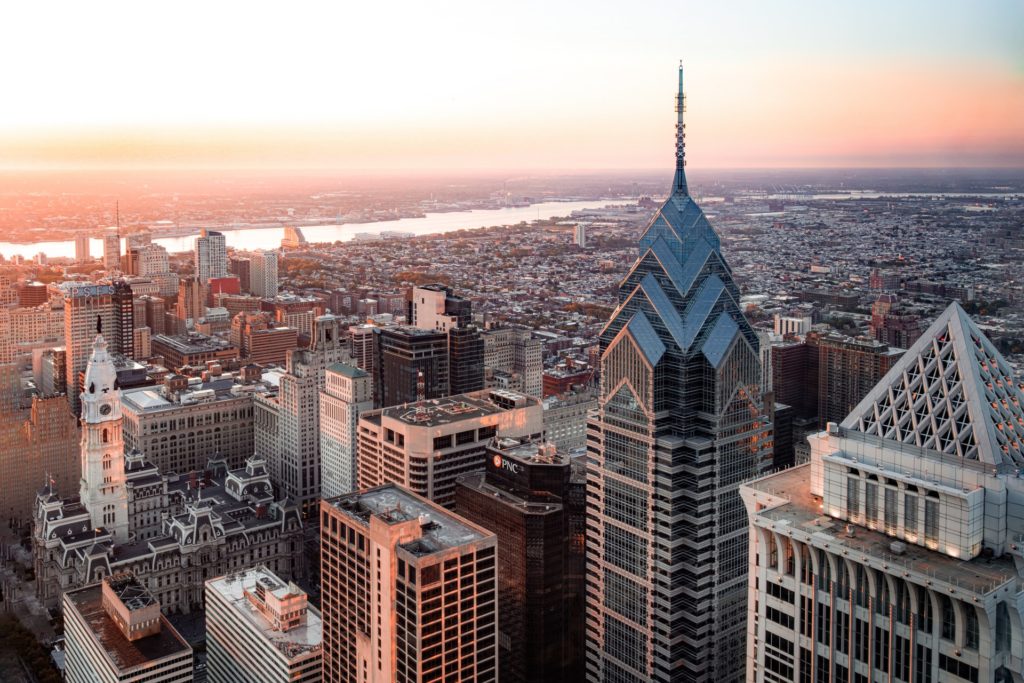
Percentage of workers who use public transportation: 9.40%
Many commuters in Philadelphia, Camden, and Wilmington rely on bus services for cheap transportation. However, the pandemic and sustainability concerns have taken a major toll on ridership.
Luckily, these three states have devised a plan to revive public transit. In the coming years, they’ll roll out a Transportation and Climate Initiative aimed at reducing pollutants by putting a cap on emissions from transportation. Experts predict that emissions will decline by up to 25% between 2022 to 2030 due to this initiative.
10. Ithaca, NY
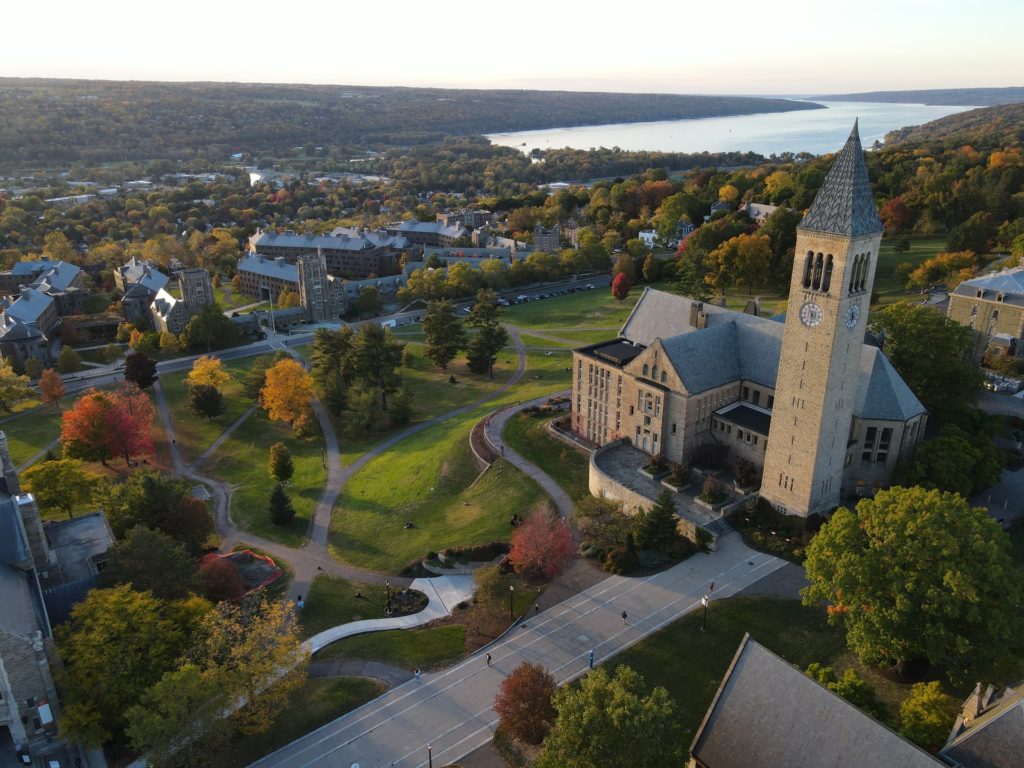
Percentage of workers who use public transportation: 7.20%
Ithaca is relatively small, which might make it a surprising addition to a list of cities with the best public transportation. Since Ithaca houses major colleges, including Cornell University and Ithaca College, a significant amount of young residents heavily utilize available public transit options.
Ithacans without a car — and visitors who don’t want to pay for a rental — rely heavily on the public transportation system. The TCAT lines provide services to the city, its colleges, and surrounding areas, giving residents a more affordable alternative to cars. Greyhound buses and taxis are less popular but still common choices among commuters and visitors, too.
Cities With the Best Public Transportation Usage in the U.S.
The United States is in desperate need of increased infrastructure investment. Public transportation is one area that could benefit countless citizens living in urban and suburban centers as well as any American looking for easier ways to travel to regional hotspots.
These cities have a high percentage of workers who are able to rely on public transportation systems to commute, forgoing the cost of cars and enjoying a more metropolitan lifestyle. As more state and local governments rethink their investments in transit, they can lead the way to growth.
Data Source: U.S. Census Bureau; 2019 American Community Survey 1-Year Estimates, <https://data.census.gov/cedsci/>




